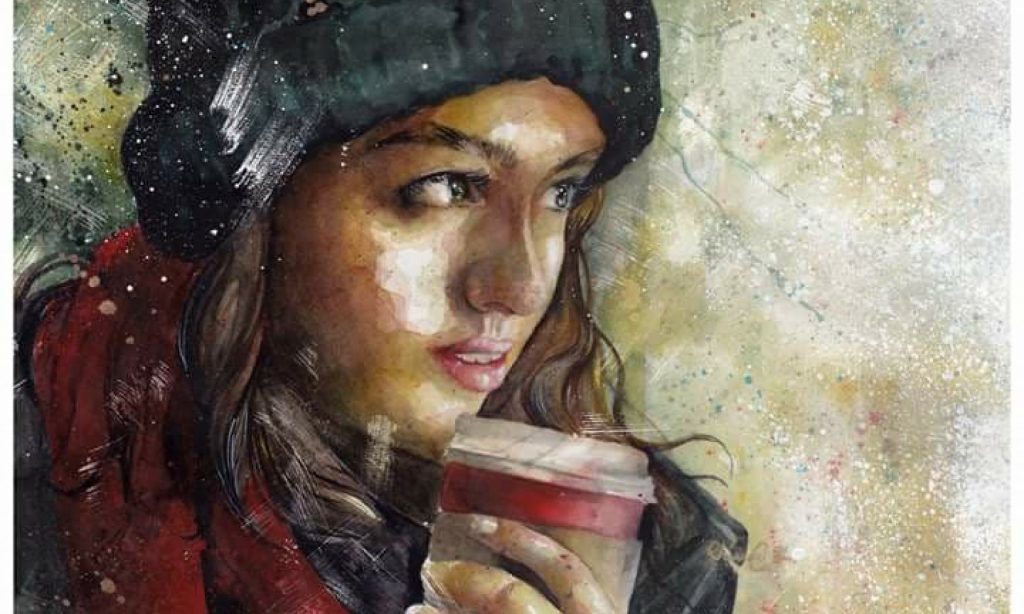After my 1-2-1 tutorial, I had to get thinking, I was stressed and anxious and my mind was at a completely block for a moment. But after a walk, and me picking up some lilies to experiment with, and the idea I should work with the techniques which worked so well for me in the project.
I changed from lotus to lily, even though I prefer the concept more of the lotus. Because it would be extremely hard for me to get my hands on a lotus, however I was easily able to order some lilies off the net for same day delivery, and I also was able to pick some up from tesco. So now my living room is full of lilies which haven’t bloomed yet. I choose the lilies, not just because of the practical reasons but they have similar connotations and symbolisms of fertility, rebirth and also of motherhood, with the meanings Greek mythology and many other religions.
At the moment, because the lilies haven’t bloomed, and I want to start experimenting with print tomorrow when the workshops reopen. I took one which was starting to open and broke the petals and the stamen off and then positioned them in a photo copier. So had the same idea of fracturing and not being whole like my last sketches, but more organic and simple. I scanned it a few different times to experiment with composition, before editing it in photoshop to get rid of the background but keeping some of the noise and getting and levels, brightness and contrast right. I think for this image, which I kind of love at the moment, I am going to photo-etch it onto zinc, to keep some of those pure whites and I am also thinking about how I could introduce some colour into this image.

I have been wanted to create a multi-plate image, something I haven’t truly done before, therefore as I was thinking about adding colour, I was looking at how it could be affective, but also how just one colour could impact the image. The next image is just with the colours split into a layer of black and a layer of pink.

And the next image is experimenting with the pink fading in and out like I did on my first experimentation ideas.

